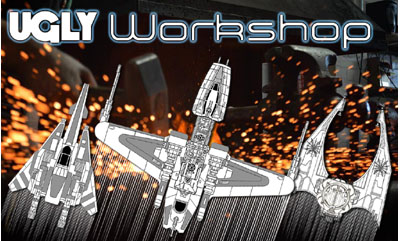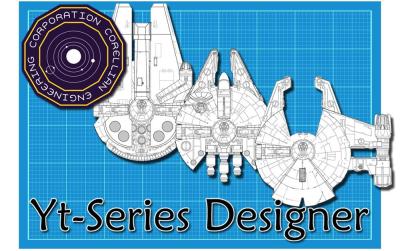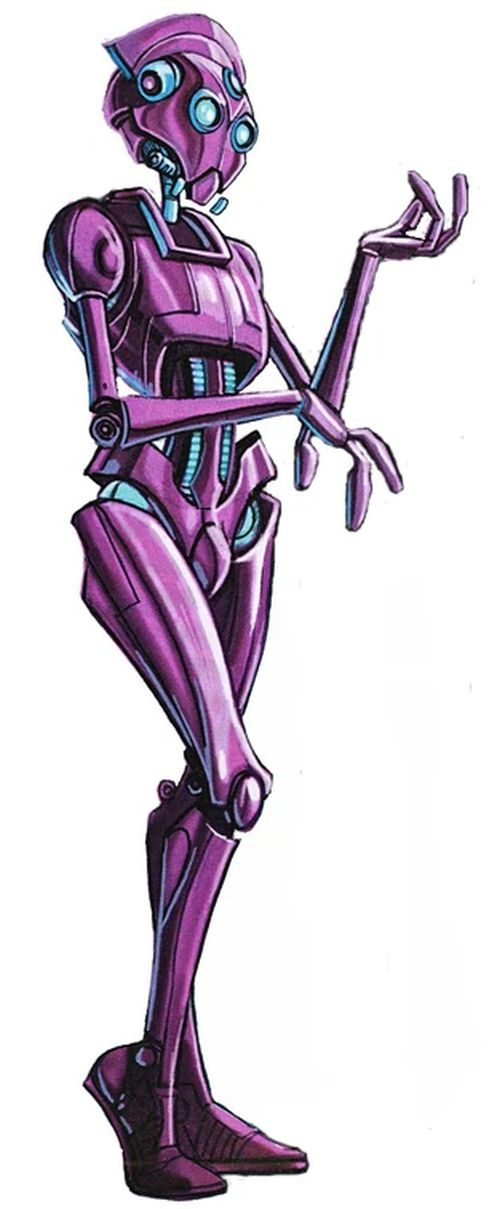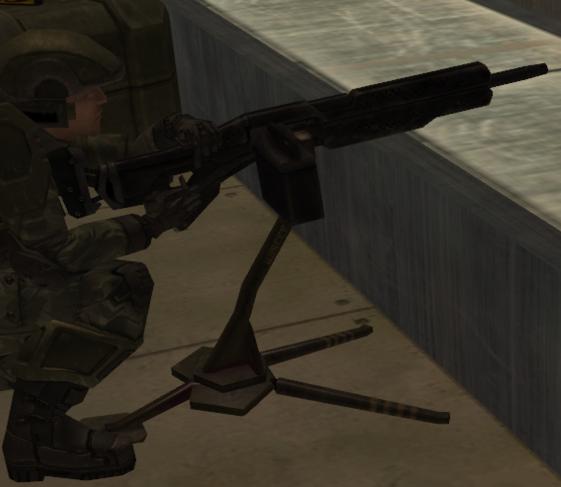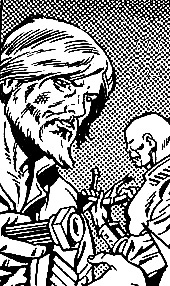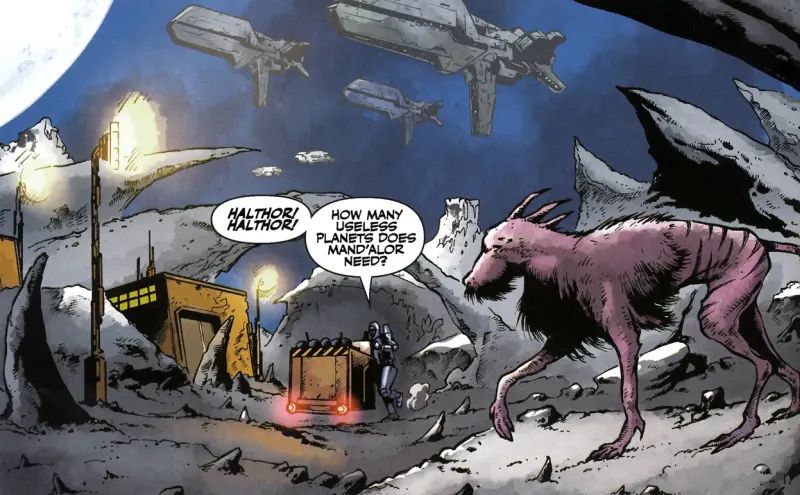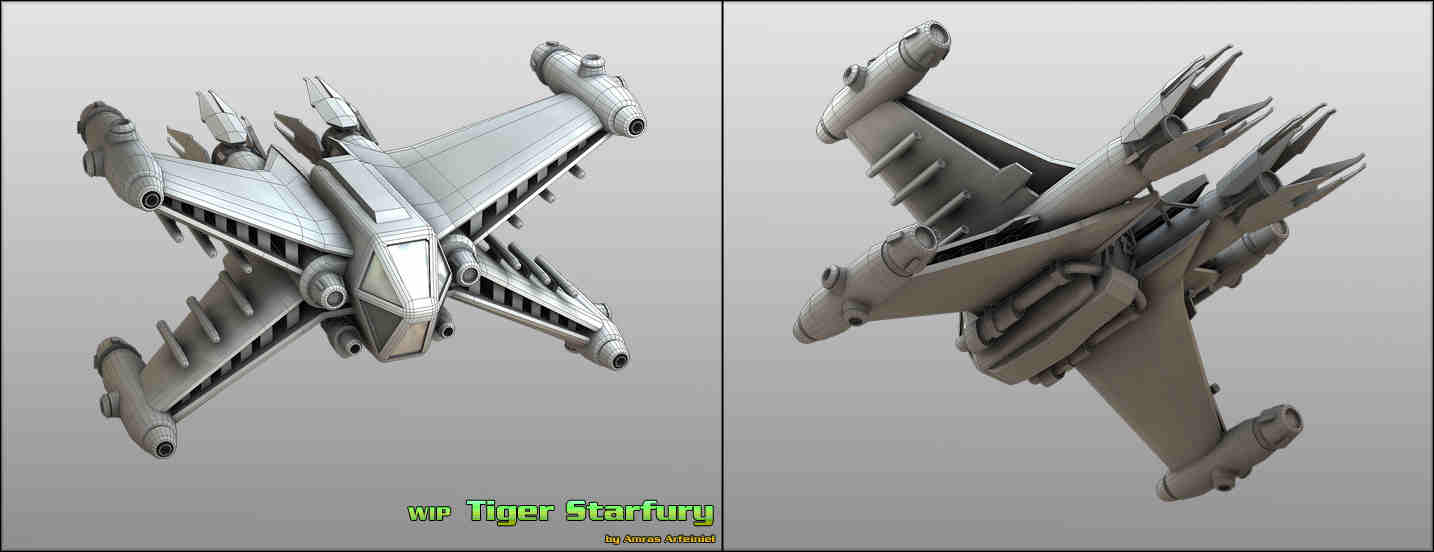 STARFURY LIGHTNING
Craft: SA-27L Mitchell-Hyundyne Starfury Lightning
Type: Rapid strike space fighter
Scale: Starfighter
Dimensions:
-Length: 13.29m
-Mass: 62.35 metric tons
Skill: Starfighter piloting: Starfury Lightning
Crew: 1
Crew Skill: Astrogation 4D+2, sensors 4D+1, starfighter piloting 5D+2, starship gunnery 5D+1
Passengers: N/A
Cargo Capacity: 16kg
Consumables: 2 days
Cost: 175,000 (new)
Hyperspace Jump Engine: No
Nav Computer: Yes (+1D+2 Astrogation)
Maneuverability: 4D
Speed:
-Space: 10
-Atmosphere: N/A
Hull: 4D+1
Shields: N/A
Sensors:
-Passive: 20/1D
-Scan: 40/2D
-Search: 60/3D
-Focus:3/3D+2
WEAPONS:
2 Copeland JC44 Pulse Discharge Cannons
Location: Mounted in forward hull
Fire Arc: Front
Crew: 1 (pilot)
Skill: Starship gunnery
Scale: Starfighter
Fire Control: 3D
Range:
-Space: 1-3/12/24
-Atmosphere: N/A
Damage: 5D+2
Rate Of Fire: 1
12 External Hardpoints
Location: Mounted on wings
Fire Arc: Front
Crew: 1 (pilot)
Skill: Starship gunnery
Scale: Starfighter
Fire Control: 2D
Range:
-Space: 1/3/7
Damage: 8D
Ammo: 8
Rate Of Fire: 1+
Special:
-Hardpoints: Other ordnance types possible, (stats are for concussion missiles).
-Salvo Fire: Can fire multiple missiles as fire-linked.
DESCRIPTION:
The Starfury Lightning is a much more rare model of Starfury than its more common counterparts. It has its roots in human history as with many other achievements in war technologies, resulting from extreme war conditions with heavy casualties where one side was pushed to the brink of being wiped out and finding their weapons of war woefully inadequate against the enemy.
During the Earth-Mimbari War, humans gave their all against an alien foe that constantly, almost casually, defeated them at every engagement. Earth Alliance's starships at the time, such as the Hyperion heavy cruiser and the Nova dreadnought, right down to the Starfury fighter, were not even close to matching the technology of the Mimbari. Entire fleets were wiped out, with the human death count ranging into unthinkable numbers. In the end, the Mimbari surrendered for vague reasons, and humanity was left with the horrible realization of just how weak and inadequate they truly were.
After the war, Earth Alliance and its Earthforce military rebuilt their military and colonies, upgraded their forces with new weapons and ships (the Omega destroyer for one), and advanced themselves as much as possible in the hope that such a one-sided conflict could never happen again (at least not with humanity on the losing side). As new technologies were developed and put into production, many prototypes and limited production models were put forth for testing and viability.
Enter the SA-27L Starfury Lightning. Produced by Mitchell-Hyundyne, the same corporation that created the standard SA-23E Starfury space fighter (among other things), the Starfury Lightning was one of many prototype designs meant to push humanity's technologies in space warfare to their limits for the time. Its purpose was to meet or beat the performance of the Mimbari's standard space fighter.
The standard Starfury could hold its own against Mimbari fighters under the right conditions, such as being in the hands of experienced pilots, understanding or experience with the abilities of the Mimbari and their fighter craft, and as long as Starfury pilots had good support from their capital ships in the face of the Mimbari analogues warcruisers. The most common problem that led to the defeat of the Starfury was that their base ships often fell quickly to the Mimbari early in space engagements. When this occurred, the Starfuries were left in space with no support, no ability to return to their ship and be replaced with fresh fighters and pilots, and ultimately be left on their own in space. The blow to the pilots' morale after losing their base ships led to their defeat just as much as the depletion of their stamina, weapons, hull, fuel and squad numbers. To drive the point home, the Mimbari's capital ships were then freed up to bring all their weapons to bear on the leftover Starfury's, who were often unable to do enough damage to these ships to make a difference.
This information was the backbone of developing future models of Starfury. The Lightning was one of the earliest models develoepd and tested after the war. Its performance during these stages literally blew away all expectations for the design. It was superior in mobility, including against the records of the Mimbari fighters. While the Lightning carried the standard dual pulse cannons, it lacked the four other pulse cannons common to the SA-23E in order to make room for improvements and reinforcements to the hull and allow the addition of additional flight systems. This also led to a loss in maneuverability, though this was improved on as much as possible so the Lightning could remain as close to the SA-23E's abilities as possible. The loss in pulse cannons was made up for with the addition of four extra ordnance hardpoints for heavy ordnance delivery. Pilots did not mind the loss of the other pulse cannons. Often their key drawback against Mimbari fighters was their inability to keep apace with them to acquire a target lock and use their weapons in the first place. This was another problem that prevented them from piercing Mimbari defensive lines to deliver ordnance against their capital ships.
If the Lightning had any drawback, it was the effect of g-forces on the pilots when using the Lightning's flight systems to accelerate rapidly to catch up with and outrun Mimbari fighter flight specs. If they accelerated more slowly, the G-force effect was minimal and pilots could handle it just fine. But the Lightning was able to build up speed and accelerate at an astonishing rate. It would slam pilots backward into their flight harness with tremendous force, akin to how pilots used to be pressed into their acceleration seats in Earth's historical space shuttles when they first began reaching for the stars. As development on the Lightning continued, pilots resisted the g-force effects of the Lightning's speed and pushed forwards. This seemed as much an effort of will than anything else. many test pilots for the Lightning project were survivors of the Battle of the Line at the end of the Earth-Mimbari War. They had to watch many of their fellows comrades and friends die in battle, only to survive and carry the guilt. And the need for revenge. The Lightning project was the outlet for that need, helping to make a fighter that could carry that anger back to the Mimbari with the strength to deliver payback ten-fold.
The Lightning's overall design allowed pilots a space fighter that could now keep up with, if not outpace, a Mimbari fighter, engage them or not, and ultimately pierce their defensive lines to deliver ordnance against their capital ships. This alone meant Earthforce capital ships could survive engagements against the Mimbari if their Starfury lightnings could get the job done quickly enough. This would allow Earthforce to reverse the Mimbari's tactics from the war against them, giving humans the advantage. Combined with Earthforce's newer Omega destroyers, humanity stood a good chance if they ever went to war against the Mimbari again.
However, there were drawbacks. The Lightning, a superb space fighter for humanity, was very expensive to produce, even after all the refinements that could be done for it at the time. This led to many issues and incidents similar to the F-22 Raptor in Earth's history, circa 1990s-2000s. Offifcials in Earthforce and Earthgov tried to push for an increased military budget in Earthdome to push the SA-27L Starfury Lightning through for mass production, to make it the standard space fighter for Earthforce. However, these attempts were superceded by the at-the-time popular idea of the Babylon Project, creating a place where many races could negotiate their differences peacefully and avoid open conflict. As this idea had much potential for propelling Earth Alliance and humanity forward among the other young races and bring the EA much popularity (and profit), the military's needs eventually slipped from the spotlight of politics and priorities. Earthgov granted the development of the Omega destroyer and a few other projects, and the military budget still had a large increase compared to previous decades.
With these developments, the Lightning never saw the light of day as Earthforce's premier combat space fighter. Rather than be mothballed into obscurity, portions of the budget were still used for developing Lightnings in small numbers, enough for a handful of squadrons. These would be used under the commands of Earthforce high ranking officers and Earthgov officials who favored the Lightning and its potential, under the banner of "proof of concept" for R&D technologies. The Lightning's development did lead to other breakthroughs in space technologies for Earthforce, and some of these led to the cheaper Starfury Thunderbolt, a great achievement in its own right and much cheaper to produce than the Lightning, though it falls behind in some levels of performance.
At the time of the Shadow War, these fighters have started to be forgotten due to the inroduction of the Thunderbolt. By the time of the liberation of Earth from President Clarke, the few squadrons that had been created have officially started to be retired, though some people in the know of events behind the scenes have whispered of other things. Such as the build-up of a stronger war machine for humanity under President Clarke's new regime in relation to Earthforce, Nightwatch and Psi Corp. That the Lightning and its development project are being reexamined for new interedt in mass production, or perhaps enhancing its design with some form of new and secret technologies discovered by Earthgov, Psi Corp and IPX.
When Commander Susan Ivanova and Marcus Cole led their task force of White Stars to break through the ambush of advanced Earthforce Omega destroyers, these rumors proved to be more true than anyone could have expected. The destroyers, prototypes, had been modified with obvious Shadow technology. This made them extremely lethal, even against the White Stars, of which many were destroyed in the engagement, despite having destroyed all the advanced Omegas.
The rumors of similarly modified Lightning fighters could have been in relation to these events. The Shadow Lightnings could have been part of that battle and destroyed along with the Omegas. Or perhaps they weren't ready for use yet, or had been held for a different purpose. We may never know (GM ploy idea dump, right here!).
There are other Starfury Lightnings left over here and there, kept in storage and fine working order by technical experts who had ties to the original development project. Some of these may be civilian versions with no weapons but having intact flight systems. There may be full combat versions stored somewhere, perhaps by an Earthforce general keeping them for when the time is right.
|





